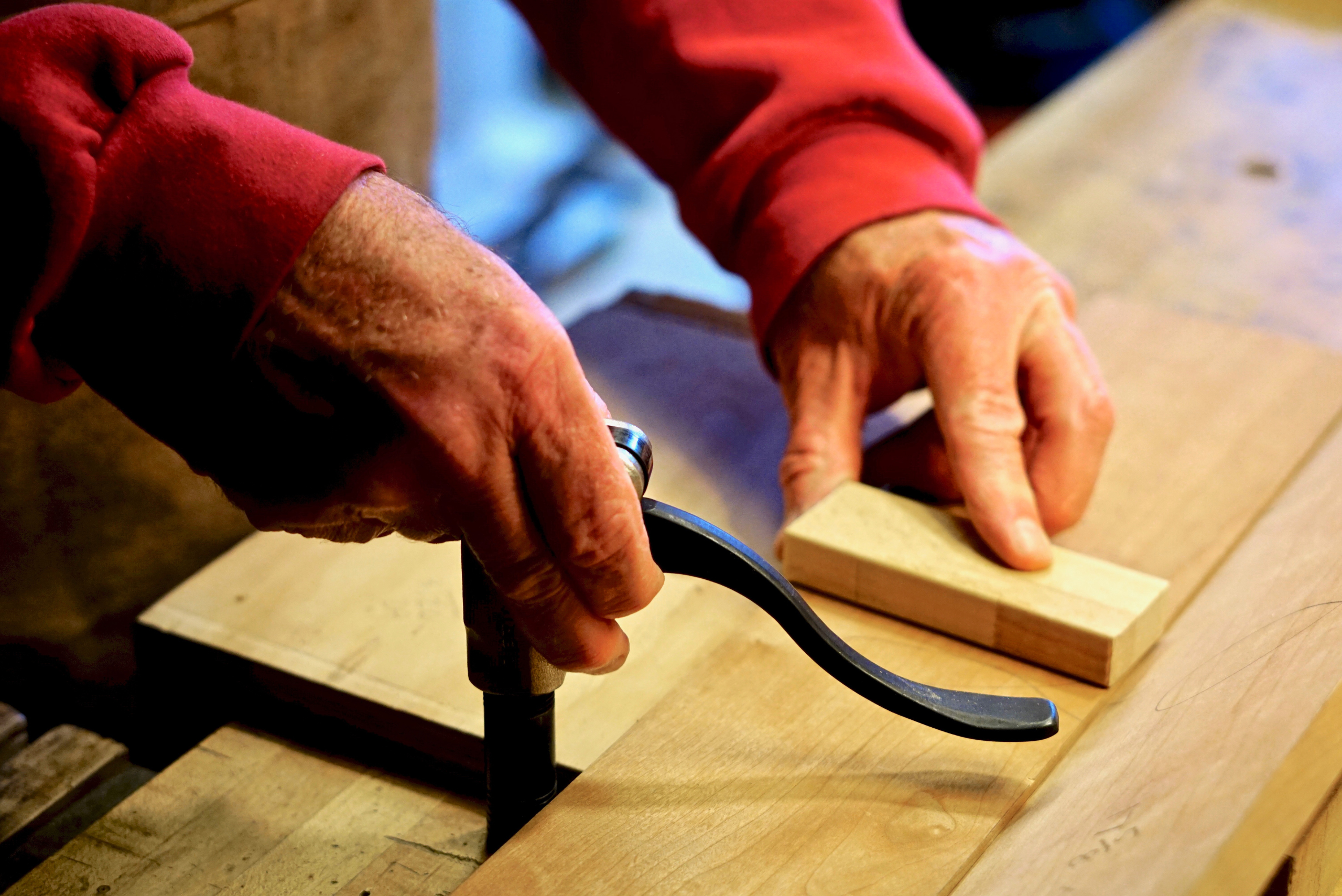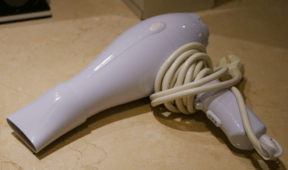Do You Have a Bench Holdfast? Maybe You Should
Holdfasts are an essential tool for any woodworker, offering a blend of simplicity and efficiency in workbench workholding. At ManMadeDIY, we understand the importance of having reliable tools that make your woodworking projects smoother and more enjoyable. Whether you’re a seasoned craftsman or a DIY enthusiast, understanding how to effectively use a holdfast can significantly enhance your woodworking experience. In this article, we’ll explore the various aspects of holdfasts, from their functionality to their advantages, and how to choose the right one for your workbench.
Embark on a journey of craftsmanship and creativity! Explore TedsWoodworking, your gateway to 16,000+ woodworking projects that will put your holdfasts to good use. Let’s turn your woodworking dreams into reality together.
Understanding Holdfasts and Their Importance in Woodworking Projects
Holdfasts are an ancient yet incredibly effective tool used in woodworking for securing workpieces to the workbench. They are typically made of metal and have a distinctive L-shape, which allows them to apply pressure to the workpiece, keeping it firmly in place. The mechanism is simple: the holdfast is inserted into a hole in the workbench and tapped with a mallet to secure it. To release, another tap is given to the back of the holdfast.

The importance of holdfasts in woodworking cannot be overstated. They provide a quick and secure way to hold workpieces without the need for complicated clamping systems. This ease of use makes them particularly valuable for tasks that require frequent repositioning of the workpiece, such as carving, planing, or sanding. By keeping the workpiece stable, holdfasts allow for more precise and safer woodworking.
Exploring the Different Types of Holdfasts for Your Workbench
There are several types of holdfasts available, each with its own set of advantages. Traditional holdfasts are typically made of forged iron or steel and have been used for centuries. These are known for their durability and strength, making them a favorite among many woodworkers. Modern versions, however, might be made from cast iron or other metals, offering a balance between cost and functionality.

Another popular type is the screw-type holdfast, which uses a threaded rod and a nut to apply pressure. This design allows for more controlled and adjustable pressure, which can be beneficial for delicate tasks. Additionally, there are holdfasts designed specifically for use with metalworking or other materials, expanding their versatility. Choosing the right type of holdfast depends on your specific needs and the type of projects you typically undertake.
Advantages of Using Holdfasts and Why They Are Essential for Woodworking
One of the primary advantages of using holdfasts is their simplicity and ease of use. Unlike other clamping systems that may require multiple adjustments and setups, holdfasts can be quickly and easily engaged or released with a mallet. This efficiency saves valuable time and effort, allowing you to focus more on your craft.

Holdfasts also offer exceptional versatility. They can be used for a wide variety of tasks, from holding a workpiece steady during planning to securing it for intricate carving work. Their ability to apply consistent pressure means that your workpiece remains stable, reducing the risk of mistakes and enhancing the overall quality of your work. Furthermore, because they don’t require additional hardware or complex mechanisms, they are a cost-effective solution for any woodworking shop.
Factors to Consider When Choosing the Right Holdfast for Your Workbench
When selecting a holdfast for your workbench, there are several factors to consider. First, think about the material of the holdfast. Traditional forged iron holdfasts are incredibly durable and can withstand significant stress, making them ideal for heavy-duty tasks. However, if you’re looking for something more affordable or lightweight, cast iron or other metal holdfasts might be a better option.

Another important consideration is the size of the holdfast and the holes in your workbench. Ensure that the holdfast fits snugly into the holes to provide maximum holding power. Additionally, consider the type of projects you typically work on. If you often engage in tasks that require delicate handling, a screw-type holdfast with adjustable pressure might be more suitable. Ultimately, the right holdfast should align with your specific needs and enhance your overall workflow.
As we conclude, remember – TedsWoodworking is your ally in woodworking aspirations. Dive into 16,000+ projects with ease knowing you have a holdfast to secure your projects. Your creativity knows no bounds. Happy crafting!
Related Articles
- ManMade Essential Toolbox: The 5 Clamps Every DIYer Should Own
- How to Make the World’s Easiest Clamp Rack
- ManMade Essential Toolbox: The Best Woodworking Clamps for Big Jobs
At ManMadeDIY, we believe in the power of reliable tools to transform your woodworking experience. Whether you’re a seasoned professional or just starting, incorporating holdfasts into your toolkit can make a world of difference. So why wait? Explore the options, choose the right holdfast, and take your woodworking projects to the next level.
Ready to start your next project? Join our DIY community to receive tool tips, how-to guides, and exclusive creative insights. Subscribe to the ManMadeDIY newsletter now! Click here to unlock a world of hands-on inspiration.









